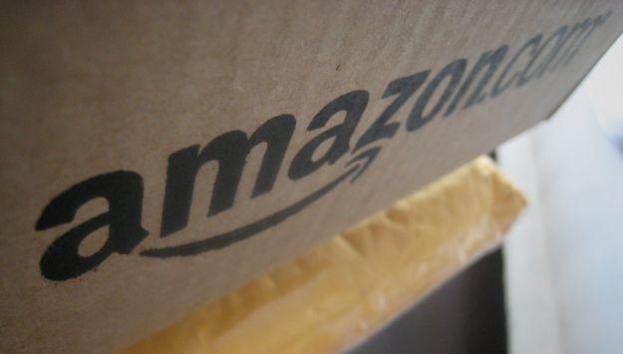
Detailed on USA Today, the possibility of a national Internet sales tax is one step closer after the U.S. Senate has passed the Marketplace Fairness Act of 2013 by a margin of 69 to 27. This act gives states the right to collect sales tax from all online business selling more than one million dollars of product per year. Assuming the act becomes law, the physical location of a business will no longer be the determining factor if a state can collect sales tax on purchases. In addition, the act requires state lawmakers to provide retailers with software that will allow them to collect sales tax in addition to simplifying the tax code for all businesses.

Alternatively, marketplaces like eBay and Etsy are fighting against the bill in order to preserve the tax status of sellers that use the sites. Both companies are also attempting to raise the one million dollar cap in order to help out sellers that are pushing tons of product out the door.
While the bill was passed with strong support in the Senate, the bill could die in the House. Facing opposition from anti-tax activists, some members of Congress are looking for clarification on how tax collection will be simplified at the state level. However, other lawmakers are definitely interested in getting their hands on the potential $25+ billion in tax revenue that could be collected from online retailers over a typical year. If the Marketplace Fairness Act does eventually get through the House, President Obama has already pledged support for the legislation and plans to sign it.


